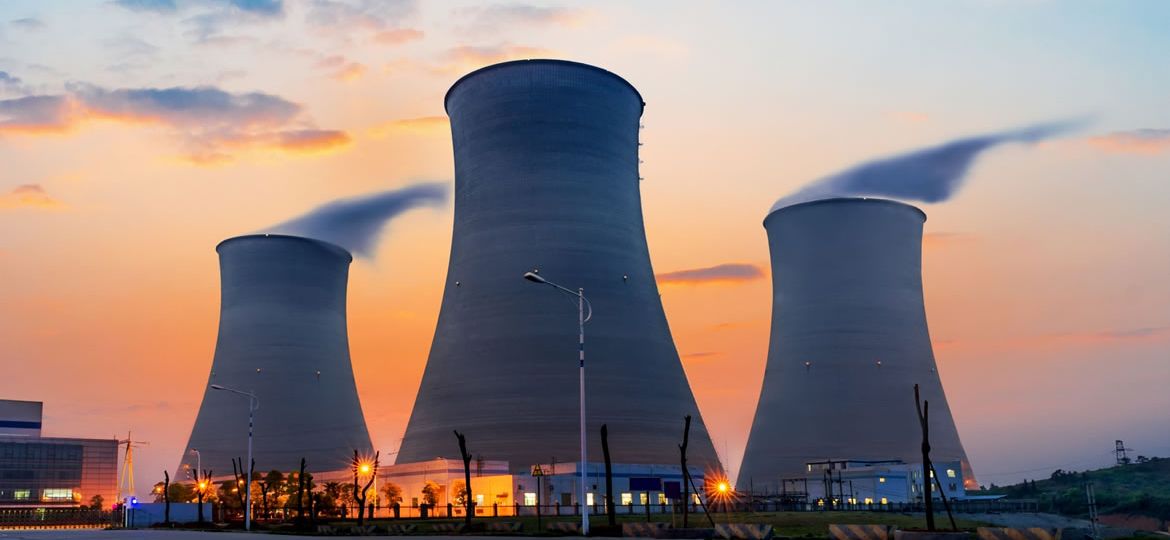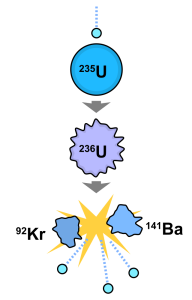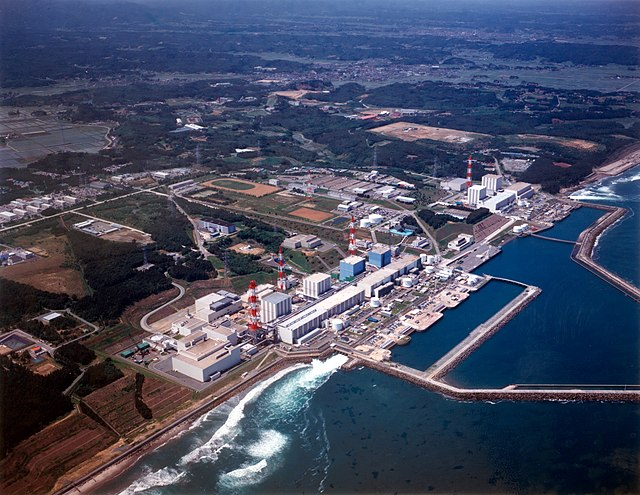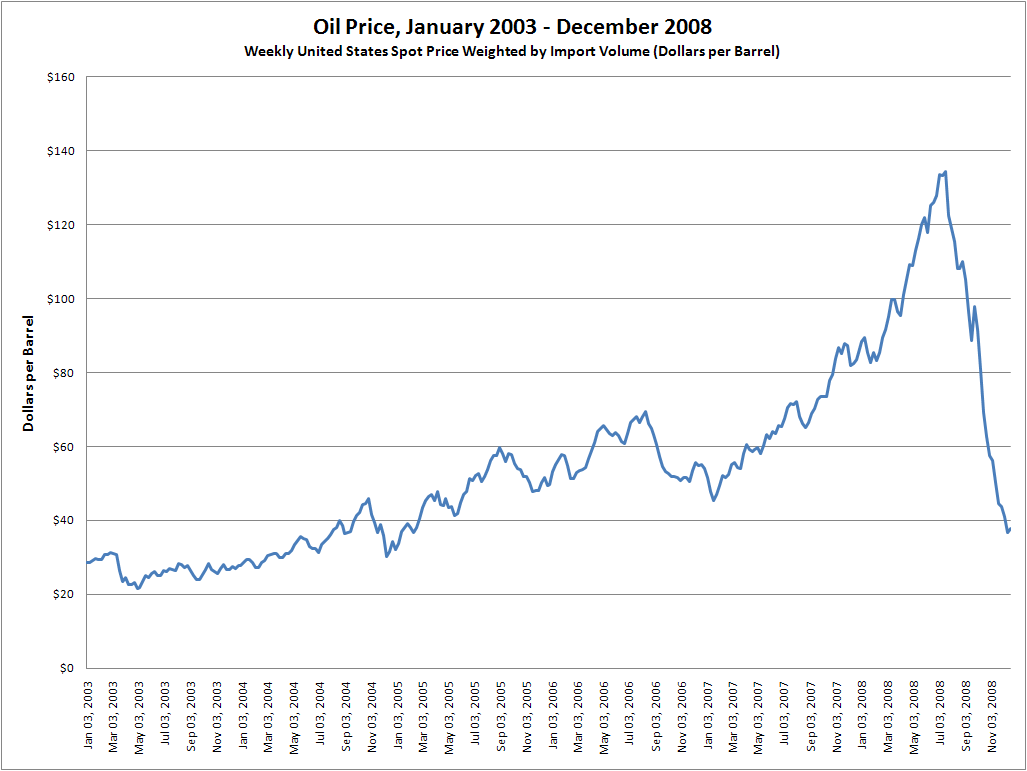
From the moment we wake to the moment we sleep, everything and everyone is consuming electricity. From boiling the kettle, to watching the TV or perhaps even charging one’s car. It is practically imperceptible yet it is invaluable. When energy prices spike, life becomes harder and quality of life declines. To keep a profitable economy and a high quality of life, cheap energy is required. Nuclear energy represents this view however, it has garnered a lot of fear and negative press. This article will show you, by the end, that nuclear power is not only safe but should be fulfilling the majority of the UK’s energy demand.

So what is nuclear fission? Simply put it is when an atom is split by firing another particle at it. This releases energy in the form of radiation and heat. The extreme temperatures can be used to boil water which creates steam, which is used to turn a turbine. As each atom splits, the remains go on to hit other atoms, splitting other atoms and continuing the process. Control rods act as walls to block these particles, slowing the rate of reaction when lowered into a reactor and allowing it to speed up when raised out. This entire process is sealed away behind concrete and lead meaning the reaction can only occur where and when desired. This is different to a nuclear weapon where the reaction is designed to be a runaway reaction with no controls on limiting the rate.
The most common, and fuel efficient energy source for a nuclear reactor is uranium. According to the World Nuclear Association, it is more common in the Earth than Gold and Silver whilst being distributed widely across the planet in large deposits. Kazakhstan, Canada and Australia are the top 3 producers of Uranium in the world.
Since its inception, nuclear energy has accrued a lot of negative press, mainly through its association to nuclear weapons but also through numerous nuclear incidents and accidents in the last 70 years. A few of these nuclear accidents made global headlines and sparked panic and fear to many people and even resulted in Germany phasing out Nuclear power entirely, which was completed in 2023. This was heavily influenced by the Fukushima disaster in 2011.
The Fukushima Daiichi Nuclear Power Plant, located on the coast in central eastern Japan, had a total output of 4.7 gigawatts and had been in operation for 40 years (commissioned in 1971). This was until 2011 when there was a magnitude 9 earthquake off the coast of Japan. This triggered a tsunami which had waves as tall as 40 metres (130ft). Fukushima was only 10 metres (32 feet) above sea level. The sea walls created as defences were designed to withstand a 1-in-1,000 year tsunami event. What actually occurred was a 1-in-10,000 year event. The reactors became inundated with water which resulted in the emergency pumps being unable to drain the reactor, creating an explosion of steam. Thankfully the authorities were able to clear the area before the power plant exploded so there were no deaths from radiation sickness. Since then, new rules and regulation has been implemented globally, supported by the International Atomic Energy Agency to make nuclear reactors resistant to natural hazards that can occur in their relevant part of the world. This is by the implementation of stronger designs but also providing multiple layers of defence so that, if one fails, the area surrounding the power plant is safe. These new build standards were implemented globally to planned reactors but also to pre-existing ones.

Nuclear waste is another fear; it has to be stored securely and safely for potentially thousands of years. This presents a lot of challenges and fears, but disposal of spent fuel and damaged equipment has been undertaken in the UK since 1959. Sellafield, operated by the Nuclear Decommissioning Authority (since 2005), has been the central repository for this material. It handles reclamation and storage of material that has been used in nuclear reactors. Spent fuel rods are broken down so that useful fuel is removed and reused whilst the unusable fuel is stored in sealed drums that are entombed in concrete. This is currently stored in waste ponds which block all radiation from leaving, though the government is planning to construct facilities deep underground to seal potentially radioactive material away permanently and away from water supplies and human interference. For material to reach nuclear disposal sites, it is commonly transported by rail in containers that are designed to survive a head-on train collision. These containers are secure and no accidents have occurred where radioactive material was released. In fact, in 1984 British Railways crashed a train into one of these containers to prove the point. Suffice to say, every care is taken to ensure that nuclear material does not escape into the environment.
Because of this high fear of damage to people and the planet when it comes to radiation, overall Nuclear has a safer track record when compared to fossil fuels like oil. According to data collected by the UN, nuclear energy causes 0.03 deaths per terawatt-hour of electricity produced globally, whilst natural gas causes 2.8 deaths and oil causes 18.4 deaths. Lower emissions and one of the safest forms of energy generation, show that nuclear is something to consider for a nation’s energy budget.
For use in electrical generation, nuclear power beats all other forms of energy. Burning 1 kilogram of oil will produce 12 kWh (according to the European Nuclear Society). But the fission of 1 kilogram of uranium will produce 24,000,000 kWh of energy. This means 1 kilogram of oil will run the average British home for 0.004 hours but the same mass of uranium will be able to power the average home for 370 days! The added bonus is that the nuclear power will not generate carbon emissions, therefore having no impact on local air quality. The steam emitted from cooling towers at nuclear power sites is just that – water vapour, which can enter natural water cycles of the planet. The overall carbon footprint of nuclear power is therefore reduced only to the extraction of the fuel from the Earth, unlike fossil fuels which emit carbon at every step of the process.
Nuclear power also offers a chance to insulate the British economy from the associated price hikes, shocks and falls of fossil fuels. The Ruso-Ukraine war has resulted in a dramatic increase in the price of natural gas. The Third Oil Crisis of the early 2000s resulted in the price of oil skyrocketing. Uranium has not had any crises in its value since it first came into use. Nuclear power can insulate the economy from an unstable market and contribute to economic security in the UK.


Nuclear power could, and should, replace fossil fuels in the UK and provide a baseload of electrical generation with the ability to increase output in times of strain. It provides consistent output, which renewable energy sources struggle with, and occupies less space when compared to the size of windfarms in the North Sea. It requires 10,000 hectares of wind turbines to equal the output of a nuclear plant the size of 10 hectares. The environmental disruption from nuclear power is condensed in area when compared to wind farms.
Overall, the evidence provided demonstrates that nuclear energy will play a pivotal role in the UK’s future energy strategy. While historical accidents and the association with nuclear weaponry has understandably fostered public apprehension, the reality is that modern nuclear power plants operate under stringent safety regulations, incorporating multiple layers of defence against hazards from outside and inside a reactor. Nuclear disasters, whilst being uncommon, have contributed to tougher regulations worldwide, relating to construction of reactors. The benefits of nuclear energy are undeniable. Its unparalleled energy density, significantly exceeding that of all other energy forms, offers a reliable and consistent baseload power supply, crucial for a stable economy and high quality of life. Unlike volatile fossil fuel markets, uranium prices have remained relatively stable, providing a buffer against global price shocks which has contributed to energy security. Renewable energy sources like wind and solar are important in a diversified energy mix, however their intermittent nature necessitates a reliable and consistent power source to fill gaps. Nuclear energy is uniquely positioned to provide this essential baseload, minimising environmental disruption and maximising energy output. Therefore, to ensure a prosperous and sustainable future, the UK must embrace nuclear power as a cornerstone of its energy policy.

